#azores
Text

Evening dip | Make sure you follow > Shot By Canipel & Instagram
15 notes
·
View notes
Photo

São Jorge Island, Azores
instagram: renmoldovan
#sao jorge#azores#sao jorge island#europe#portugal#travel#travel photography#cows#field#fog#explore#nature#outdoors#adventure#fujifilm#road trip
5K notes
·
View notes
Text



Terceira Island
mblockk
478 notes
·
View notes
Text
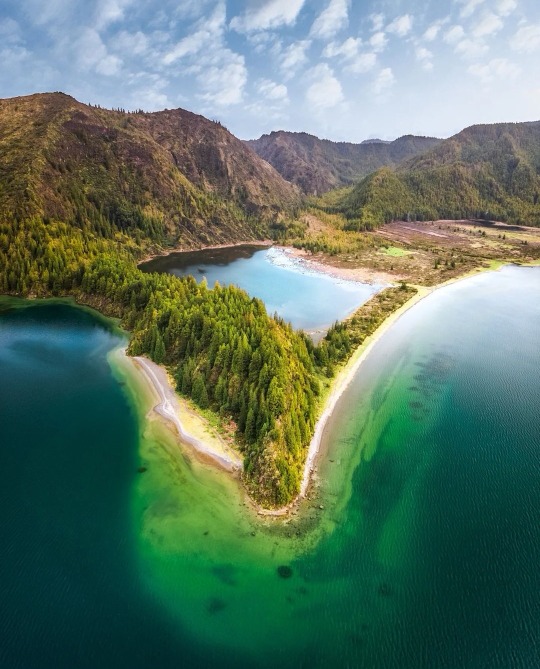
Lagoa do Fogo, Azores / Portugal (by Delio Rodrigues).
789 notes
·
View notes
Text

Walking in green
(Photo: d.)
#photo#photography#photographers on tumblr#van pelt foto#original photographers#landscape#nature#forest#travel#path#terceira#azores#portugal#europe#lensblr#outdoors#trek#trekking#hike#hiking#wanderlust
417 notes
·
View notes
Text
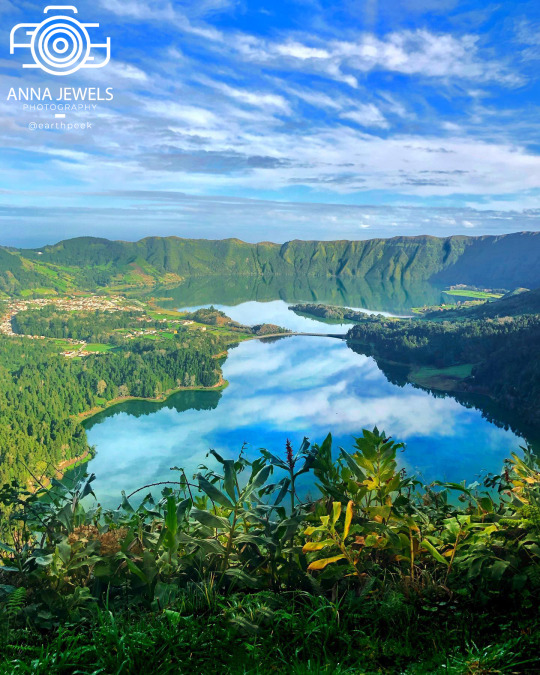
Sete Cidades - Sao Miguel - Azores - Portugal (by Anna Jewels (@earthpeek))
https://www.instagram.com/earthpeek/
#Sete Cidades#Sao Miguel#Azores#Azoren#Portugal#View#Viewpoint#Nature#Landscape#Outdoor#Lake#Travelling#Traveling#Travel#Tourism#Holiday#Urlaub#Reisen
907 notes
·
View notes
Text

The volcanic islands of Azores
#volcanic island#azores#island#travel photography#amazing nature#travel#nature#landscape#landscape photography#beautiful nature
298 notes
·
View notes
Text

When owls find their way onto isolated islands lacking any terrestrial predators, they have a tendency to take up that role for themselves – evolving longer legs and shorter wings, and specializing more towards hunting on foot. From New Zealand to Hawaii to the Caribbean to the Mediterranean to Macaronesia, leggy island ground-owls have independently happened over and over again in the last few million years—
—And, unfortunately, they've all also become victims of the Holocene extinction, their fragile island ecosystems too easily disrupted by human activity and the arrival of invasive species.
The São Miguel scops owl (Otus frutuosoi) was found only in the Azores on São Miguel Island. About 18cm tall (~7"), it was slightly smaller than its relative the Eurasian scops owl, with longer legs, a wider body, and much shorter wings.
Its wing proportions indicate it would have been a poor flyer, instead primarily hunting on foot in the dense laurisilva forests. Since there were no terrestrial mammals or reptiles on São Miguel at the time, its diet probably mainly consisted of insects and other invertebrates – and it would have in turn been the potential prey of larger predatory birds like buzzards and long-eared owls.
All currently known subfossil remains of the São Miguel scops owl date only from the Holocene, between about 50 BCE and 125 CE. It's likely that it was extinct by the 1400s, following the settlement of humans in the Azores, destruction of its forest habitat, and the introduction of rodents, cats, and weasels.
———
NixIllustration.com | Tumblr | Twitter | Patreon
#science illustration#paleontology#paleoart#palaeoblr#são miguel scops owl#otus frutuosoi#strigidae#true owl#strigiformes#owl#bird#dinosaur#art#azores#convergent evolution#a superb owl
698 notes
·
View notes
Text

Monjas Azores, (vestuario, capas y capuchas ) siglo XIX
#Portugal#Azores#Azorian women#Phantoms#Fashion History#Cloaks#Hooded Capes#Capote e Capelo#The Azorean Woman in the Hood#A Mulher do Capote e Capelo
183 notes
·
View notes
Photo

The Azores Islands names translated to English
by Thessiz
132 notes
·
View notes
Photo
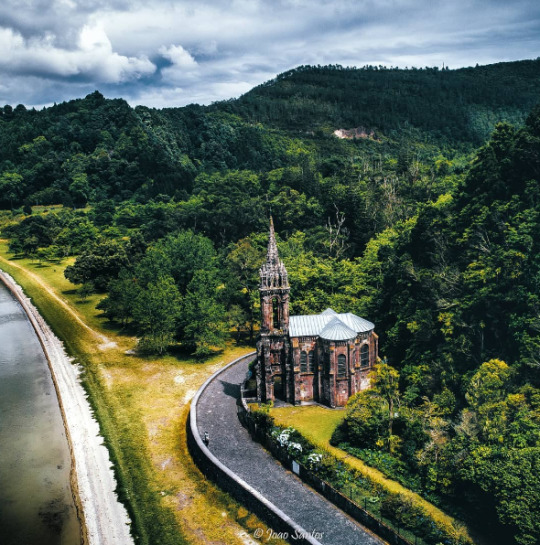
By _Joaopsantos_
Furnas, Azores, Portugal
325 notes
·
View notes
Text

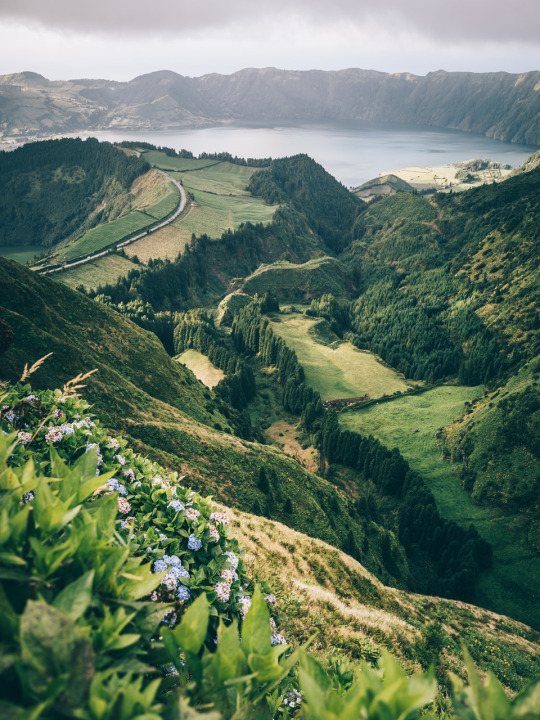
Azores | Make sure you follow > Shot By Canipel & Instagram
63 notes
·
View notes
Photo

Terceira Island, Azores
instagram: renmoldovan
#terceira#azores#terceira island#cat#explore#adventure#travel#travel photography#hike#hiking#road trip#europe#portugal#nature#outdoors#fujifilm
3K notes
·
View notes
Text

Lagoa das Sete Cidades, Sao Miguel, Azores
#Lagoa das Sete Cidades#Sao Miguel#Azores#photography#nature#green#plants#trees#water#landscape#mountains#green water#lake#woods#forest
596 notes
·
View notes
Text

1981 Portugal, Azores, Santa Maria, farmers
#1981#portugal#azores#açores#santamaria#island#atlantic#ocean#vintage#analog#filmphotography#trix#leicacl#photo#photography#milk#photooftheday#farmers#donkeys#mules#photographylovers#theeighties#blackandwhitephotography#original photographers#pierre wayser
42 notes
·
View notes
Text
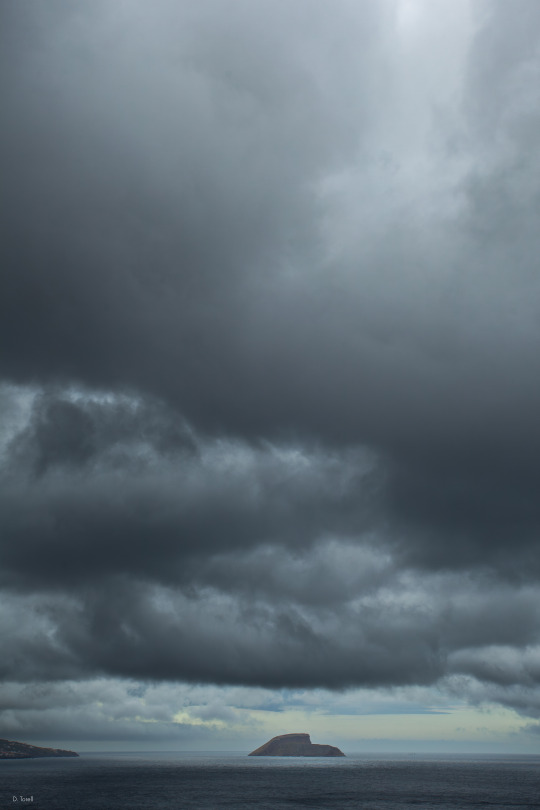
The Isle of Goats, the Azores.
(Photo: d.)
#photo#photography#photographers on tumblr#van pelt foto#original photographers#landscape#nature#travel#azores#portugal#europe#island#ocean#sea#water#clouds#outdoors#wanderlust#horizon#lensblr#original photography#original photography on tumblr#scenic#view
130 notes
·
View notes